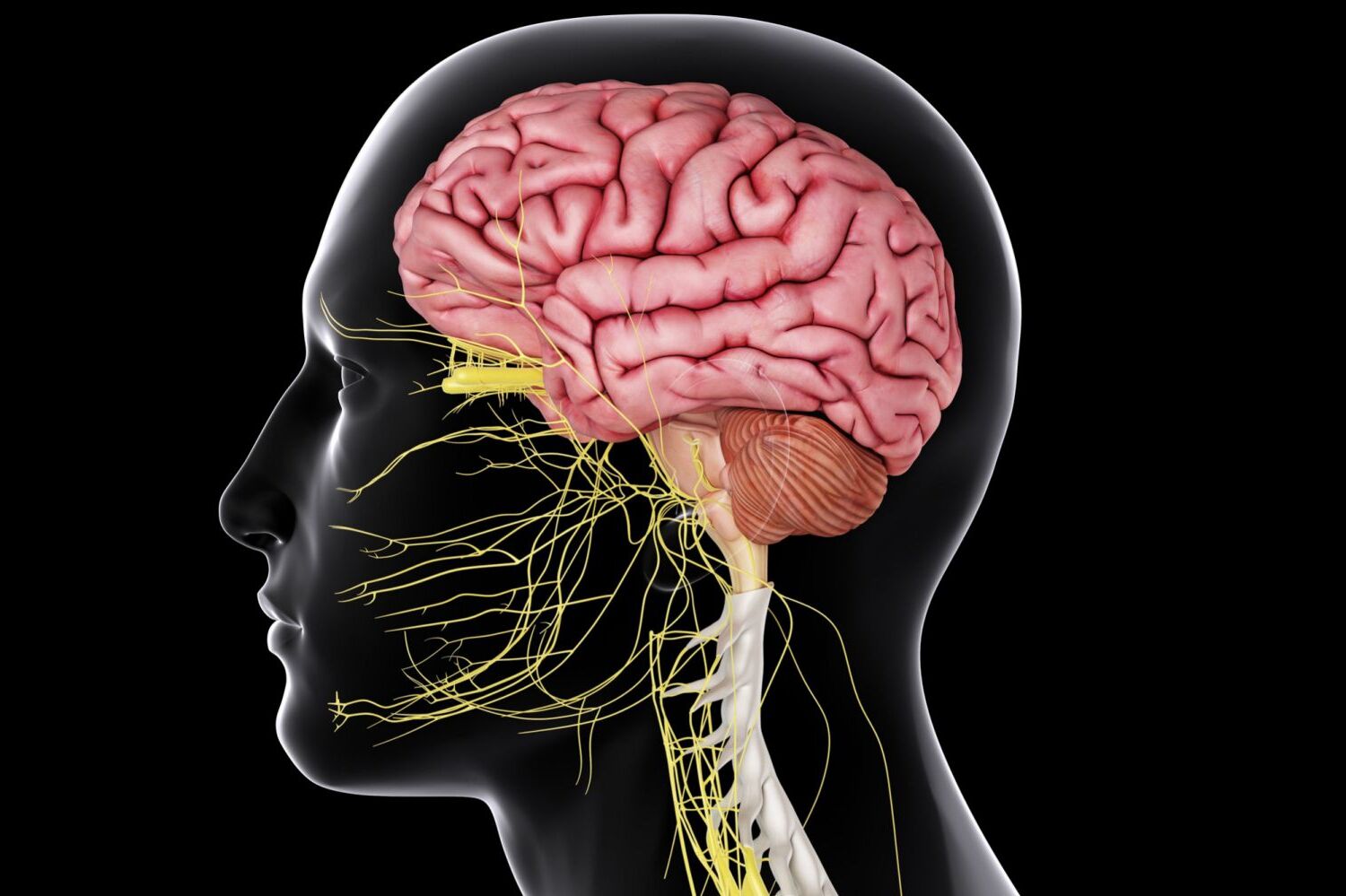
The central nervous system (CNS) is the command center of the body. It consists of the brain and spinal cord, working together to control most functions. Did you know the brain alone has about 86 billion neurons? These neurons communicate through trillions of connections called synapses. The spinal cord acts like a superhighway, transmitting messages between the brain and the rest of the body. Ever wondered how fast these messages travel? They can zip along at speeds up to 268 miles per hour! The CNS also plays a crucial role in reflex actions, which are automatic responses to certain stimuli. Want to learn more amazing facts about the CNS? Keep reading to uncover 33 fascinating details about this incredible system.
The Brain: Command Center of the Central Nervous System
The brain, a marvel of biological engineering, serves as the command center of the central nervous system. It processes information, controls bodily functions, and enables thought and emotion.
- The human brain weighs about 3 pounds, making up roughly 2% of total body weight.
- Despite its small size, the brain consumes about 20% of the body's energy.
- The brain contains approximately 86 billion neurons, each forming thousands of connections.
- The cerebral cortex, responsible for higher brain functions, is about 2-4 mm thick.
- The brain's surface area is roughly 2.5 square feet when spread out flat.
- The left hemisphere controls the right side of the body, while the right hemisphere controls the left side.
- The brain generates about 20 watts of power, enough to power a dim light bulb.
- Neurons in the brain communicate through electrical impulses and chemical signals called neurotransmitters.
The Spinal Cord: Highway of Nerve Signals
The spinal cord acts as a highway for nerve signals between the brain and the rest of the body. It plays a crucial role in reflex actions and transmitting sensory and motor information.
- The spinal cord is about 18 inches long in adults.
- It is protected by the vertebral column, consisting of 33 vertebrae.
- The spinal cord has 31 pairs of spinal nerves branching out to different body parts.
- Reflex actions, like pulling your hand away from a hot surface, are controlled by the spinal cord without involving the brain.
- The spinal cord is divided into four regions: cervical, thoracic, lumbar, and sacral.
- Damage to the spinal cord can result in paralysis, depending on the injury's location.
- The spinal cord's central canal contains cerebrospinal fluid, which cushions and nourishes the cord.
Neurons: The Building Blocks of the Central Nervous System
Neurons are the fundamental units of the central nervous system. They transmit information through electrical and chemical signals, enabling communication within the body.
- Neurons have three main parts: the cell body, dendrites, and axon.
- Dendrites receive signals from other neurons and transmit them to the cell body.
- The axon carries signals away from the cell body to other neurons or muscles.
- Myelin, a fatty substance, insulates axons and speeds up signal transmission.
- Neurons can be classified into three types: sensory, motor, and interneurons.
- Sensory neurons carry information from sensory receptors to the central nervous system.
- Motor neurons transmit signals from the central nervous system to muscles and glands.
- Interneurons connect neurons within the central nervous system, facilitating complex processes.
Neurotransmitters: Chemical Messengers of the Brain
Neurotransmitters are chemicals that transmit signals across synapses, the gaps between neurons. They play a vital role in regulating mood, sleep, and other functions.
- Dopamine is associated with pleasure, motivation, and reward.
- Serotonin helps regulate mood, appetite, and sleep.
- Acetylcholine is involved in muscle activation and memory.
- GABA (gamma-aminobutyric acid) inhibits neural activity, promoting relaxation.
- Glutamate is the most abundant excitatory neurotransmitter in the brain.
- Endorphins act as natural painkillers and mood enhancers.
- Norepinephrine affects attention, arousal, and the fight-or-flight response.
The Blood-Brain Barrier: Protecting the Brain
The blood-brain barrier is a selective barrier that protects the brain from harmful substances while allowing essential nutrients to pass through.
- The blood-brain barrier is formed by tightly packed endothelial cells lining brain capillaries.
- It prevents toxins, pathogens, and large molecules from entering the brain.
- The barrier allows oxygen, glucose, and other essential nutrients to pass through.
The Brain and Spinal Cord: A Marvel of Nature
The central nervous system is truly a marvel. It controls everything from our thoughts and emotions to our movements and reflexes. The brain, with its billions of neurons, processes information at lightning speed, while the spinal cord acts as a superhighway, transmitting signals between the brain and the rest of the body. Understanding these facts about the central nervous system not only highlights its complexity but also underscores its importance in our daily lives. Whether it's the brain's ability to adapt through neuroplasticity or the spinal cord's role in reflex actions, every aspect of the central nervous system is fascinating. So next time you move your hand or solve a puzzle, remember the incredible system working behind the scenes. Stay curious, and keep exploring the wonders of the human body!
Was this page helpful?
Our commitment to delivering trustworthy and engaging content is at the heart of what we do. Each fact on our site is contributed by real users like you, bringing a wealth of diverse insights and information. To ensure the highest standards of accuracy and reliability, our dedicated editors meticulously review each submission. This process guarantees that the facts we share are not only fascinating but also credible. Trust in our commitment to quality and authenticity as you explore and learn with us.
